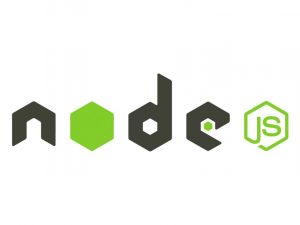Introduction:
Node.js has gained significant popularity for building server-side applications, and when it comes to working with databases, TypeORM is a powerful tool that provides Object-Relational Mapping (ORM) capabilities for TypeScript and JavaScript applications. In this tutorial, we’ll walk through the process of setting up a Node.js project and integrating TypeORM to interact with a database.
Prerequisites:
- Basic knowledge of JavaScript and TypeScript.
- Node.js installed on your machine.
- A database server installed (e.g., MySQL, PostgreSQL, SQLite, etc.).
Step 1: Setting Up the Project
First, let’s create a new directory for our project and initialize a new Node.js project using npm.
mkdir node-typeorm-tutorial
cd node-typeorm-tutorial
npm init -yStep 2: Installing TypeORM and Required Dependencies
Next, let’s install TypeORM along with the necessary database driver. For this tutorial, we’ll use SQLite as our database.
npm install typeorm sqlite3 reflect-metadataStep 3: Configuring TypeORM
Create a ormconfig.json file at the root of your project to configure TypeORM. This file contains the connection options for your database.
{
"type": "sqlite",
"database": "database.sqlite",
"synchronize": true,
"logging": true,
"entities": [
"src/entities/*.ts"
],
"migrations": [
"src/migrations/*.ts"
],
"cli": {
"entitiesDir": "src/entities",
"migrationsDir": "src/migrations"
}
}Step 4: Creating Entities
Entities represent tables in your database. Let’s create a simple User entity as an example.
Create a new directory src/entities and add a file named User.ts.
Step 5: Creating the Database Connection
Now, let’s create a file to establish a connection to the database and perform CRUD operations using TypeORM.
Create a file named index.ts in the root of your project.
Step 6: Running the Application
You can now run your Node.js application using the following command:
node index.tsConclusion:
In this tutorial, you’ve learned how to set up a Node.js project with TypeORM, create entities, establish a connection to a database, and perform basic CRUD operations. TypeORM simplifies database interactions in Node.js applications and provides a seamless experience for working with databases using TypeScript or JavaScript. Explore more features and functionalities of TypeORM to build robust and scalable applications.


